Frequently Asked Questions About Guided Math in Kindergarten
Guided math looks a little bit different in every kindergarten classroom.
Here are some of the details from our classroom based on your frequently asked questions.
Are you new to guided math? Check out: How to start guided math in kindergarten
What are your rules for guided math time?
We actually use the same rules as we do during our literacy centers. There are three rules and they are on top of our general classroom expectations.
I found myself wanting to tell kids to get on task, or even get busy… but I think the phrase, “Get learning” fits much better.
It does a teacher’s heart good when you overhear one kinder tell another, “You better get learning!” {wink}
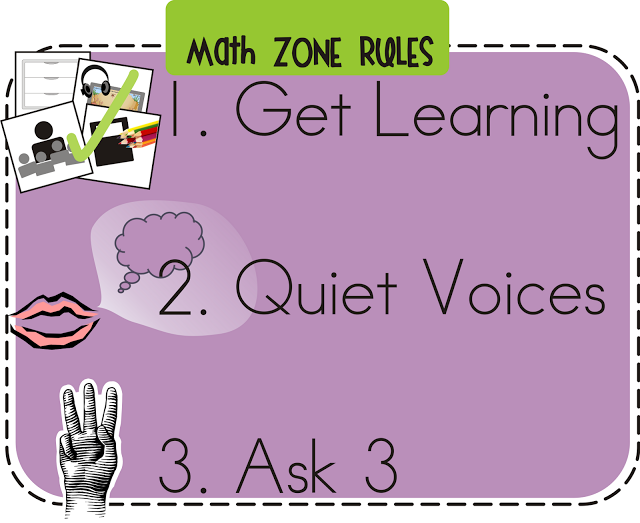
Our second rule is for students to use their quiet voices. They should be using a voice that’s loud enough just for the person next to them to hear, but not loud enough to disrupt others.
I purposefully chose a speech bubble with a thought cloud in it for a reason. Students should most often be talking about their math thinking and math in general.
The last rule we have for independent work during math time is to ask three. This is a simple way for students to seek out the support they need from three different students (who are wise choices) – before coming to ask the teacher.
I think it’s important for this to part of the classroom discussion time when we share after guided math. Some students get praised for using their appropriate level voices, others get praised for getting to work right away and I call attention to someone who did something well and explain they would make a good person to ask for help if someone else needs help with that in the future.
What does your center rotation look like?
We have guided math four days a week. Students rotate through two math centers (or math zones, as we call them) each time we have math.
They will visit the same center twice a week.
That means:
- I meet with groups twice a week for a small group lesson
- they play computer games twice a week
- they journal twice a week
- they play math games/activities twice a week
To help students know where they are supposed to go, we have a two-sided poster. It has a hole punched in the top middle and a clasp-ring through it. It hangs on a 3M hook so we can flip it around.
The poster shows the groups, names, and icons for each day.
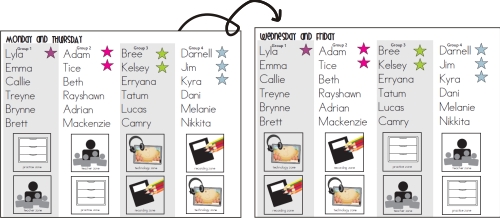
It has two days on one side (Monday/Thursday) and two days (Tuesday/Friday) on the other. A student flips this poster daily to get it ready for the next day as part of their classroom job.
Students go to their center that matches the picture icon on the top first and then go to the one pictured on the bottom second.
We purposefully had our higher groups go to the journal center first (out of the two-day rotation) so that we could use their work as examples for the following day when the other groups will be doing their journal work.
How do students transition from one center to the next?
Kinders start out at their top center pictured on the poster and when the cleanup song comes on they have roughly three minutes to clean, organize and get learning at their next center – the one pictured on the bottom.
I have this song set up to play by using a shortcut on my computer desktop so that a simple click from me (or any kinder I ask to do this for me) signals the entire room to move on.
That’s it.
That’s my transition magic… well, guests who visit our room think this is magic!
They don’t even hear the song playing, but because it’s beginning and ending are so unique, and it is so routine… I can have it play at a minimal volume level and it appears as just all of a sudden 24 kinders “sense” it’s time to clean up.
This always makes me proud of the hard work we do on making procedures stick when we get a visitor response like that.
I have a reputation with some visitors as “the whisper teacher.”
But I don’t really whisper all that often. I just use routine to my advantage.
Why do you meet with groups only twice a week?
What’s my justification for only meeting with each group only twice a week with this system I have set up?
In all honesty, I panicked about only meeting with kinders twice a week when first planning out this guided math system.
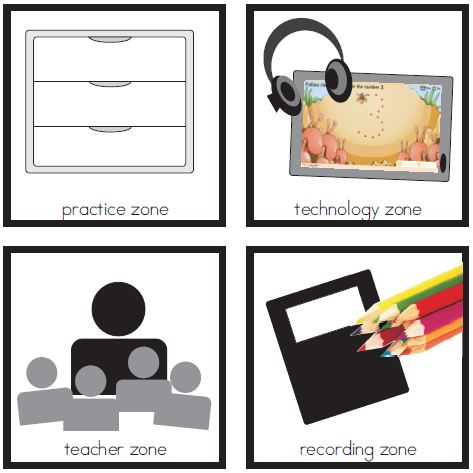
But, after a good discussion with my favorite teacher down the hall and reflecting on what we were seeing and doing during guided math – we determined that we really are meeting their individual needs and doing more service than what we were even close to doing previously!
Plus, I know they are learning at the other zones…
I have come to understand that I am not the secret to kinders learning.
The secret comes from making the other centers strategically planned strategically so they can learn and practice in very:
- manipulative (like the practice zone)
- concrete (technology zone) and
- cerebral (recording zone) ways
After teaching math this way for a couple of years, I know the work we do outweighs the old way of teaching math by a long shot. And it’s why I write about it so in-depth on this site.
Do you use the same lesson plans each year or do you write new plans based on the needs of your students?
I will often re-use the same lesson ideas to cover the standards, but I will always plan/tweak it to fit the needs of my current kinders.
Sometimes it’s just the pacing that’ll change because one group just gets it!
Having said that – that goes for mainly my on-grade level students.
For my way-advanced-kinders or for those who are way below grade level – I’ve had to create new lessons that tailor to their skills and pacing.
What if you have a curriculum to follow?
If you have a curriculum you “have to” follow and still want to use a guided math format then I would invest time in dissecting your program.
Pull that baby apart!
Find out what pieces are worth keeping and put them where they will work best into a guided math format.
Think:
- Will a lesson work best as a lesson for you to teach in the teacher zone? Would it work better as a partner game in the practice zone?
- Is it a worthwhile worksheet that you could use over and over again by copying it onto an overhead and putting a vis-a-vis marker with it? Throw that puppy into the math games and activities center.
- What materials and resources did they give you that you can use to your advantage?
No matter how we are told we “have to” follow a curriculum, often the pacing is left up to us, right? Well, think of this as choosing the pacing – by picking the pieces that are worthwhile, skipping those that aren’t and supplementing with better, more valuable lessons to dig deep.
We were given curriculum and there probably was the expectation that we were should use it… but then again we were also being recognized by our administration and hosting other teachers as guests to see how to implement guided math and no one ever questioned us about where our curriculum was. So maybe, just maybe you don’t really “have to” either.
What about worksheets?
This may be your story too:
“My district has a purchased math curriculum that includes the purchase of daily math worksheets.”
Yep. Mine did too.
Our math curriculum was Saxon and it was all worksheets – blech.
So, to be honest, I just ditched them! I save a copy of each to use for remediation (or sometimes homework) but normally, found that the hands-on, small group work had way more impact with my kiddos.
You may not be able to use that advice or be bold enough to. But, it’s what I did.
Potentially you could re-work the idea of the worksheets into a center by slipping them into a dry erase envelope (if you have to use them) or have a parent helper assist.
What about a half-day kindergarten program?
I understand that with a half-day program you have to cut things down, but I felt like teaching in a small group/center format was the highest priority for me in both language arts and math.
When I taught half-day, I didn’t do guided math yet since it was towards the beginning of my career, but I did prioritize guided reading and could see doing the same today with both if I went back to a half-day situation.
Focus on the meat of what they really need to know during your math time – in as much as a small group setting as possible.
And consider how you can borrow from your calendar time (which most of us do in kindergarten) to gain more guided math time.
Do you still teach math whole group?
The answer is yes.
In order to get the entire system up and running, we take the first four weeks of school. I rely on teaching monster numbers whole group to help get everyone thinking about math and understanding what math time will look like.
We don’t break into small groups until week 4 or 5.
Throughout the year, I use calendar time to work on the basics and unify the class with exposure.
I booted out our old-school version of calendar time.
So we do calendar time binders which allows me to teach Common Core standards, whole group. With this built-in, I can choose to do as little or as much in a day as needed to support my students.
The “calendar” portion takes only a few minutes and the rest is all math thinking exploration and practice.
How do you teach without curriculum?
First, you’ve got to know your standards and which ones are the most important. Be real with yourself and study them.
Find out what they mean and ask someone if you’re not sure!
Truly, not all standards are created equally. Some will demand more time and attention. That’s okay.
You may find that some skills can easily be taught with just a little repetition, like naming 2D shapes, or that you need to invest multiple lessons to work on describing 3D shapes with a particular group.
You have the flexibility to do that with teaching math in this style.
Continue reading: How to plan long-term kindergarten standards-based math
Let’s wrap it up
There you have the answers to the frequently asked questions about guided math in kindergarten. I hope they can help you as you work to make it a success in your classroom too.
If you like what I do here on KindergartenWorks, then be sure to subscribe today. I look forward to sharing ideas with you weekly.

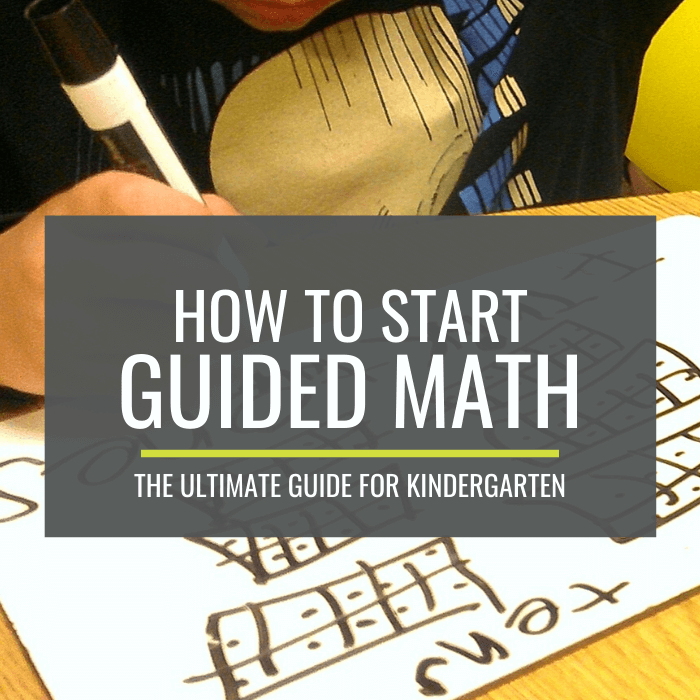
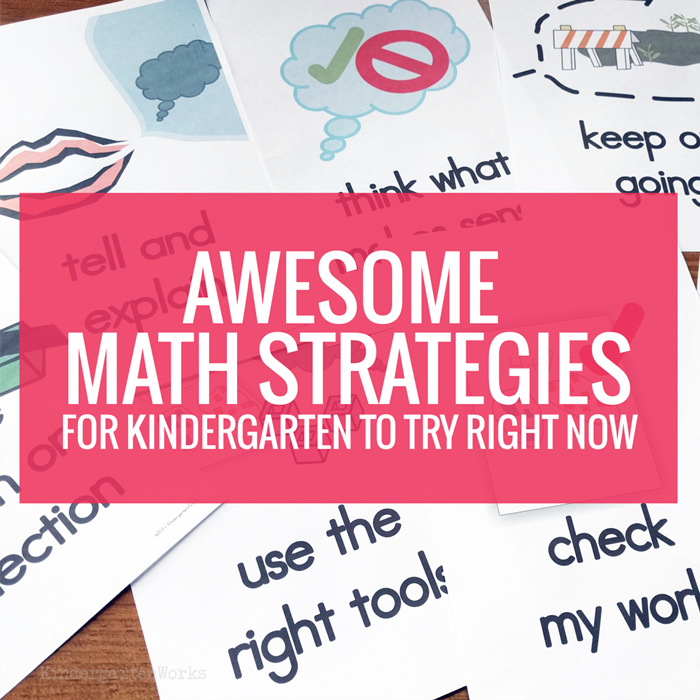
![Composing and Decomposing Numbers: What This Looks Like in Kindergarten [3-Part Series]](https://www.kindergartenworks.com/wp-content/uploads/2013/05/Composing-and-Decomposing-Numbers-in-Kindergarten-I-love-the-ideas-in-this-series.jpg)
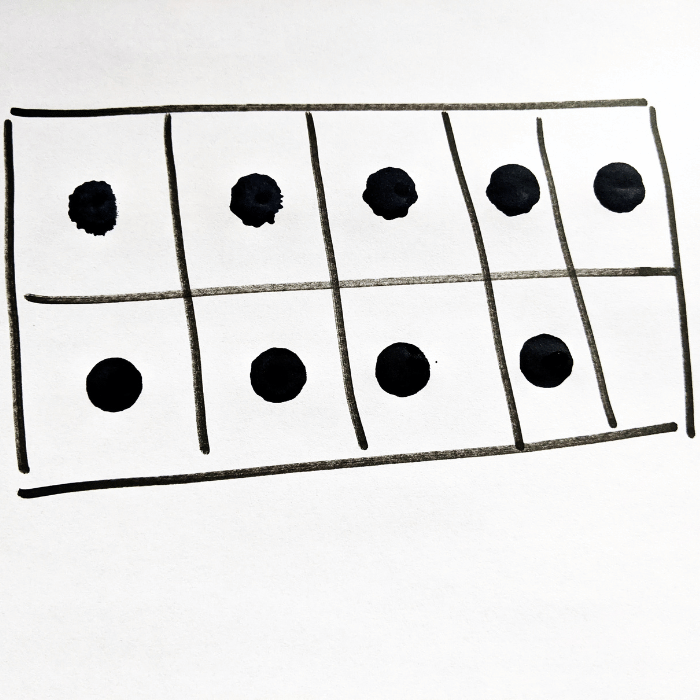
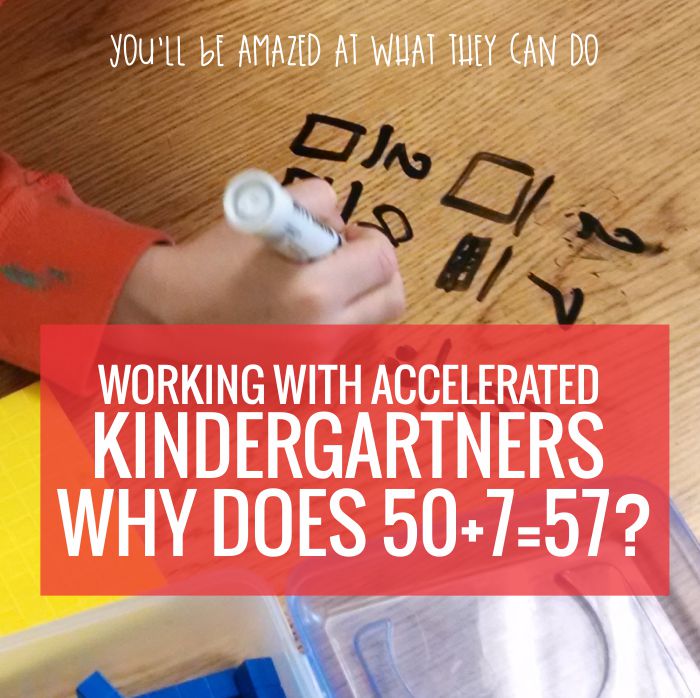
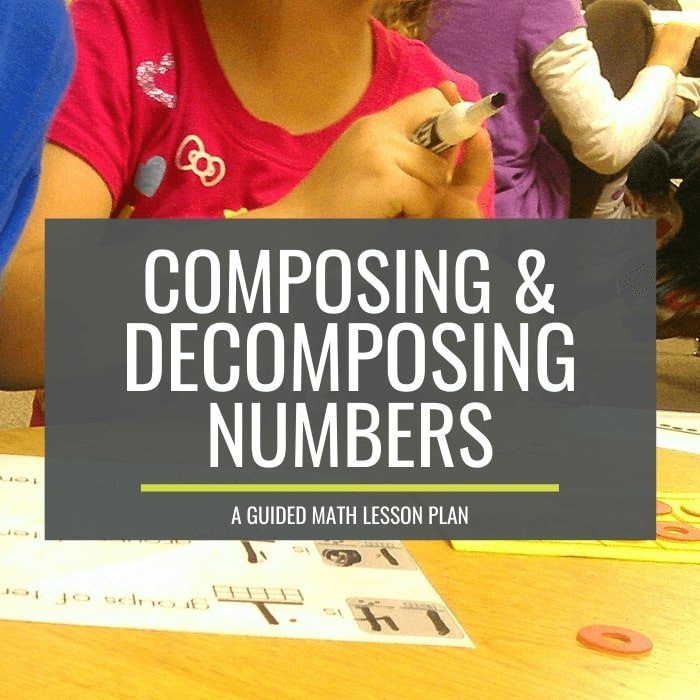
Hi there. Why is this only 4 days? What happens the 5th day?
Oops, just saw your response to this below!! Thanks! I’ve been searching for a way to do guided math better and I think you may have provided me that! I’m excited to try this out next year.
Thanks Jessie – I hope you can do what works best for you guys!
– Leslie
Hi Leslie,
I am taking a class on Guided Math and would love to cite your blog as a resource. I couldn’t find your last name or email anywhere. Please let me know if you’re willing to share that information. Thank you!
My question may seem a little naive, but do you do groups in addition to the math lesson everyday? We’re using McGraw-Hill My Math program and the lesson itself takes an hour. So I would love to do groups, but I’m trying to figure out how to incorporate them to my schedule. Thanks for any input!
Hi Sandra, I ditched my curriculum and do groups in place of those lessons. I still teach some math whole group but it comes in the form of calendar time using binders like this: https://www.kindergartenworks.com/kindergarten-teaching-ideas/along-for-adventure/. We had Saxon and I just ditched it because it wasn’t meeting the needs of my kinders nor coming even close to meeting the standards {honestly}.
Thanks for the input! I agree with you if I could do groups instead of the lessons I would do them too. Thanks!
I notice you only do guided math 4 days a week. What do you do for day 5? Another math lesson of some sort?
Hi Ashley,
Normally on the 5th day we have two specials which limits my time so I opt for an in-depth writing project. We rely on our calendar binder math (which I beef up for the day and make a little longer) to satisfy our math requirements for the day – so that day is just whole group instruction. Good question!
– Leslie
How long does each guided math group last?
I think your posts are awesome and hope to someday have the patience to implement them in my classroom. 🙂
Thanks again Tina for taking the time to comment. Each group lasts about 30 mins. It takes the work up front, but the rewards and results are truly amazing and make it all worth it in the long run! Stop by if you ever need encouragement in your run for patience 😉
– Leslie
Oh, and I have another: when your kids finish their work in each zone, what do you have them do?
Hi Jamie, the long and short of it is that they are never done. Each zone is set up with activities so that they can continue working until time is done. The only one that they come close to finishing sometimes is our math journals (recording zone) but I try to structure those too so that they are more open-ended and I try to squeeze details and more from those who finish early. It’s not a perfect system but its really working for us. Thanks for asking. What has your wheels turning about this topic?
Love this! I’m wondering what the stars are by certain students’ names. I’m also wondering where you get your practice zone materials? Did you make them? Also, what are students doing in their math journals?
Here are some of the ideas for games: https://www.kindergartenworks.com/2012/07/the-practice-zone.html and an explanation of the stars: https://www.kindergartenworks.com/2011/06/all-words-i-know-how-to-say.html to help me differentiate materials. For more questions, I’ve worked at pulling a lot of it together here for you: https://www.kindergartenworks.com/2013/02/guided-math-before-and-after.html. Hope its helpful! Thanks for sharing your questions Jamie!
– Leslie
I love your math zones. My kinders LOVE your math zones. We have been using them since right before Christmas break and I have no intention of looking back. I was wondering if you do a whole group mini lesson before you split up for groups? I feel like I am introducing a concept to death by the fourth time!
Hi Mrs. Bower,
I am so excited to hear your feedback – and I’m excited that you too have found something that works for you! I do often pull the students together before we split up for the day which allows me time to hit small concepts that I’d rather not hit in small groups, or often to introduce a game that may be in the practice zone. Last week we did a quick test with one 3D shape each day to see if it would roll, stack or slide to begin discussion of 3D shape names and integrating the concept of curved/round faces. Sometimes, I just remind them of expectations or edify great behavior from the days before! Whatever needs covering to make the time go smoothly is what happens 😉
LOVE! I really flipped math on its head last year because I felt that the ways I had been doing it was not best for all learners within my classroom. Your sentence, how I can figure out guided groups for reading but not math resonates w/ me! Soo true! What is up w/that! How do you group students by skill / ability /unit / sticks!?
I love the concept that you shared!! Cant wait to create something similar within my classroom this year too!! Thanks for the tips and confidence that we are all doing a great job if we are constantly TRYING to meet with all the students and all the needs within a given classroom. LOVE!
Sarah
[email protected]
Hi Sarah, Thanks for sharing your thoughts – so glad to hear that you flipped math on its head too! I generally group students by their ability but do change individual students throughout the year when it begins to click for them, or if a group is moving too fast for them. I believe firmly that if we are trying and reflecting, that we’ll figure out the best ways we can teach each learner and in all good conscience, sleep great through the year and relax all summer long 😉